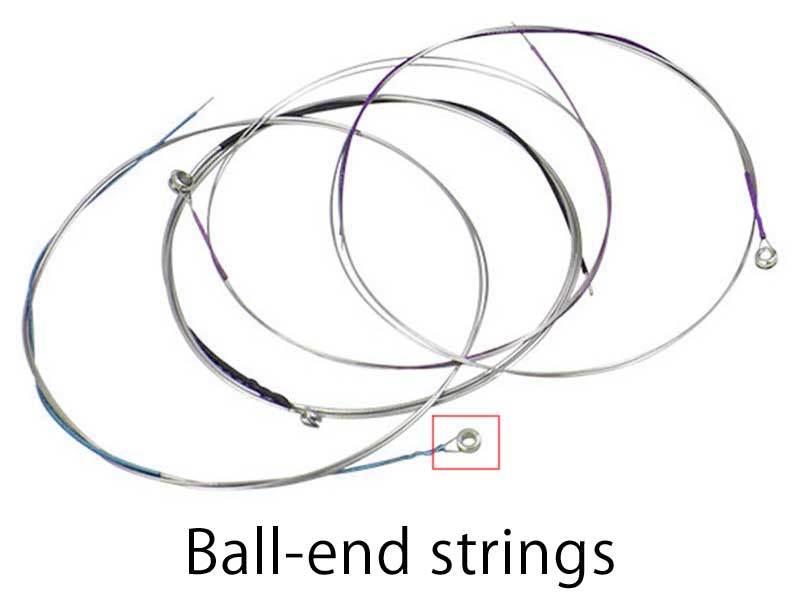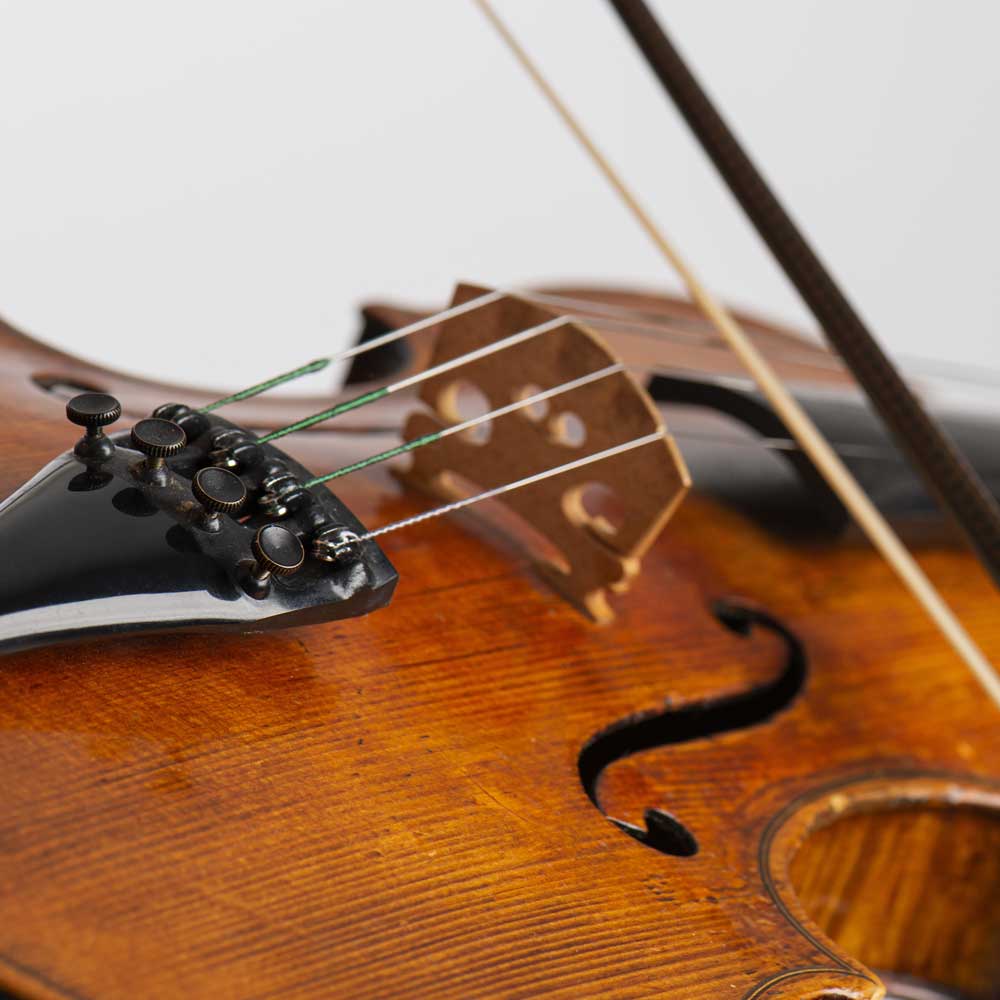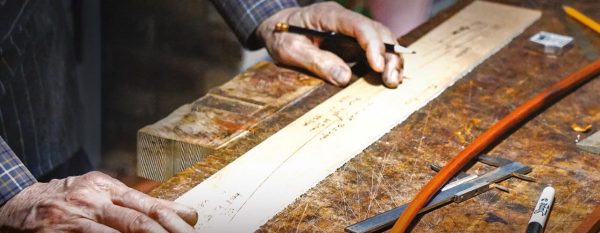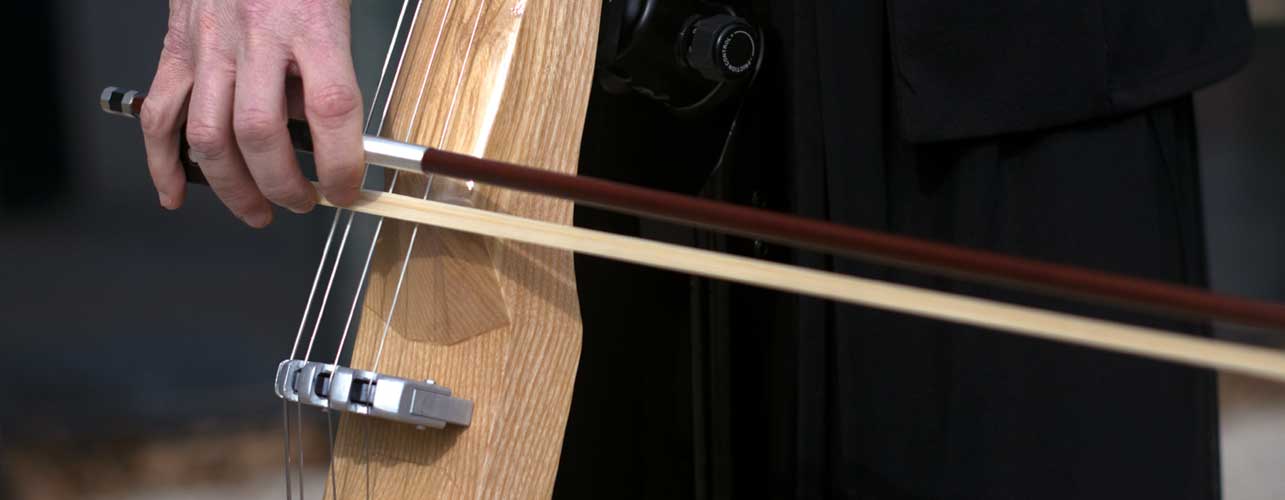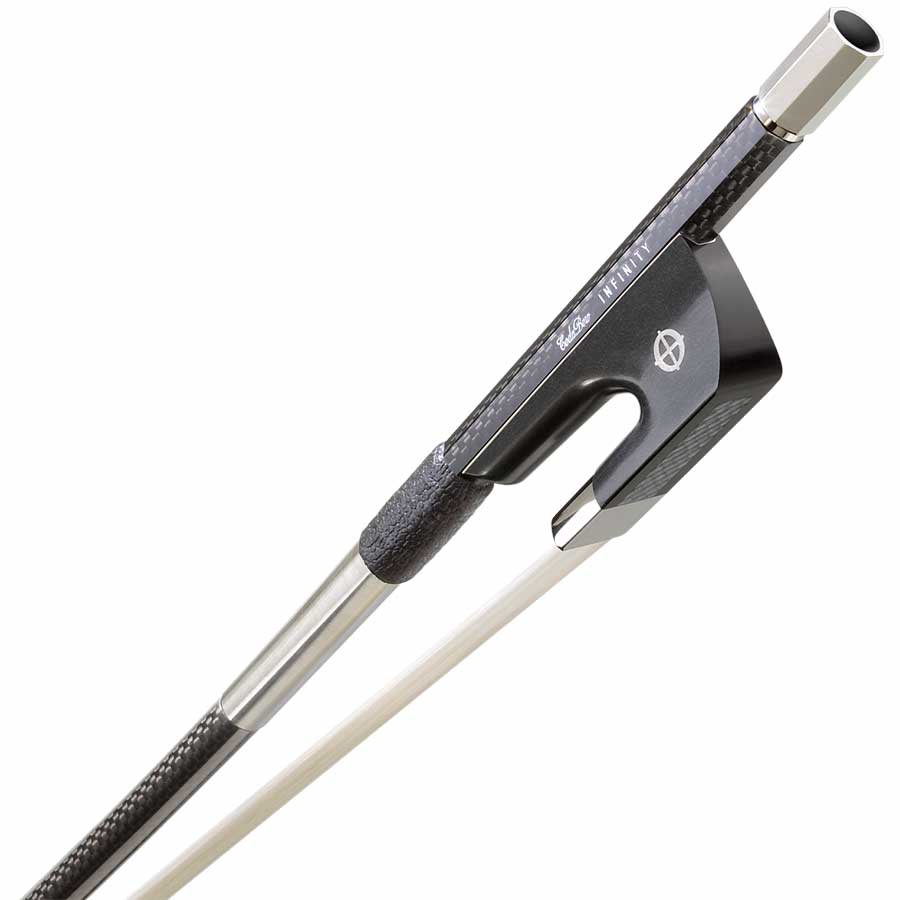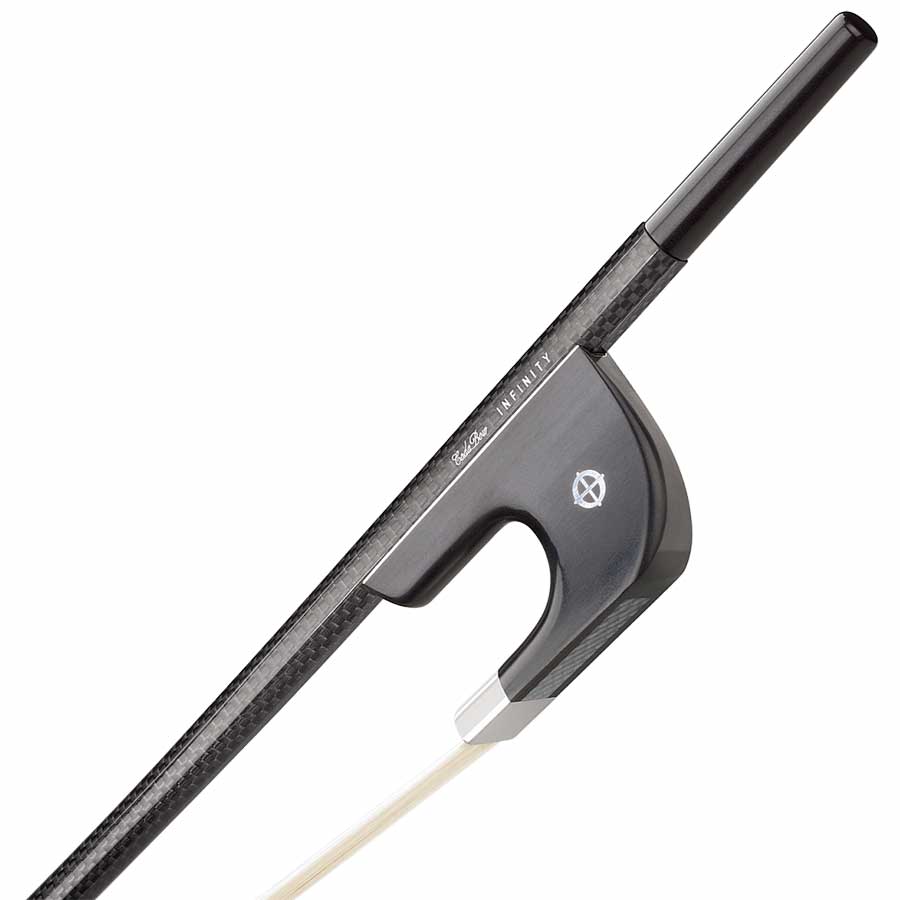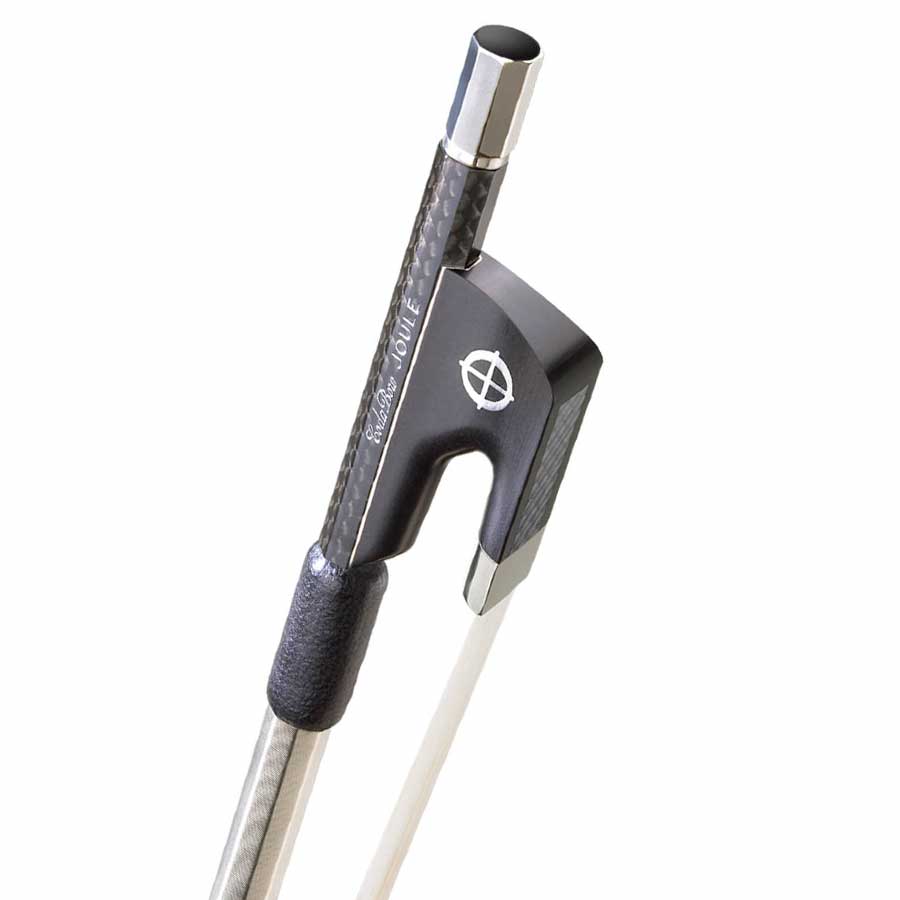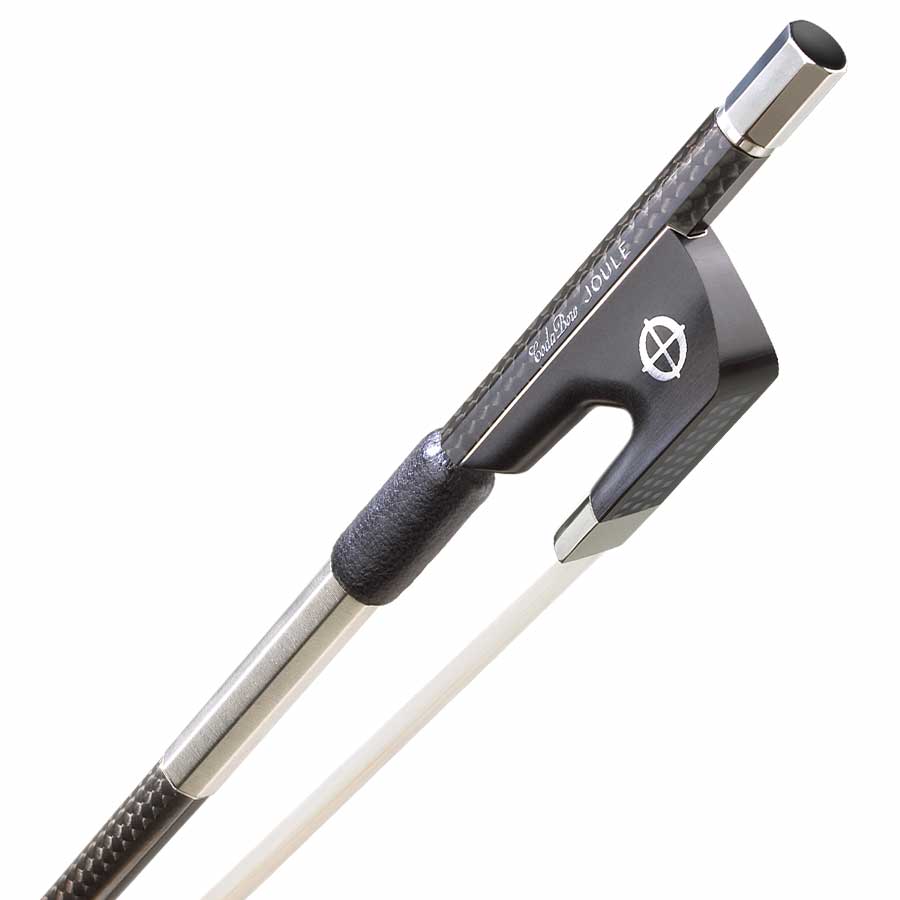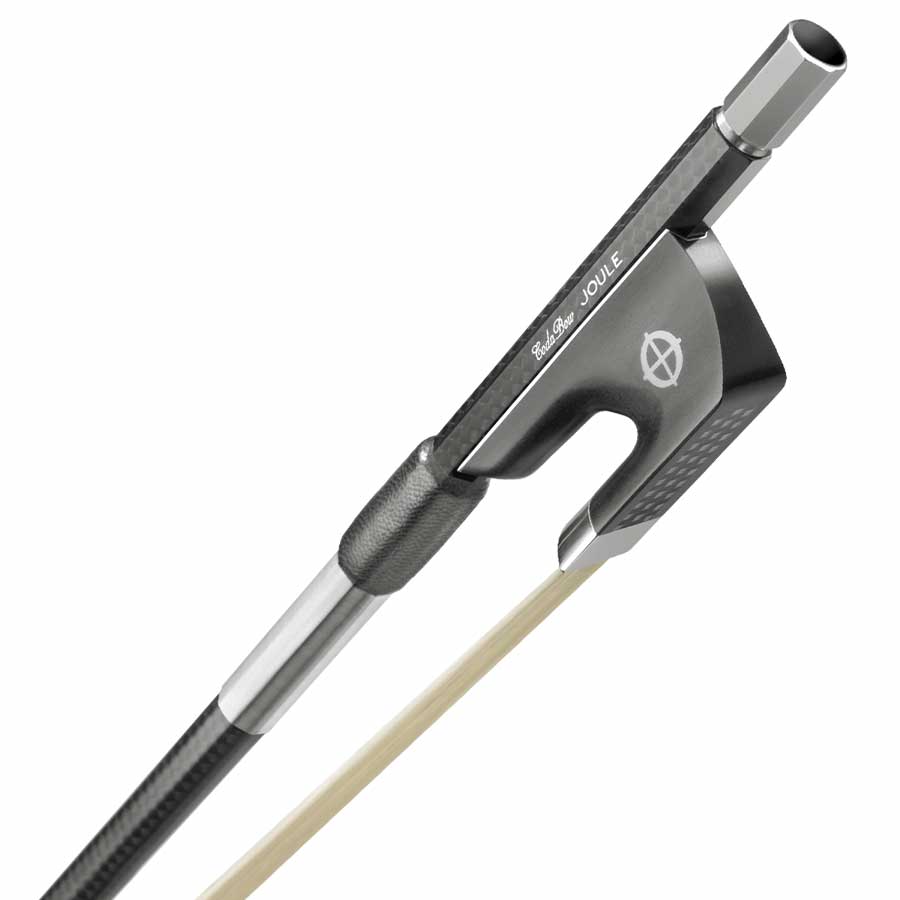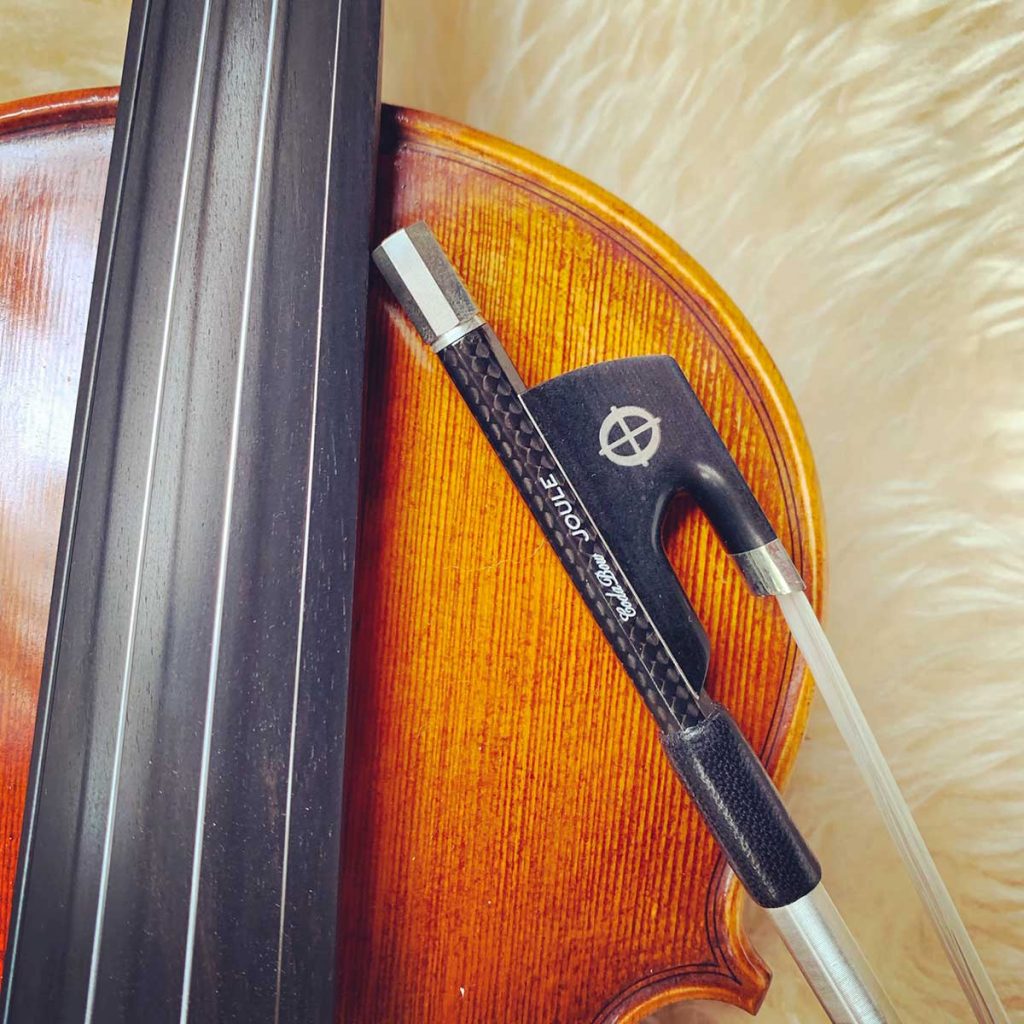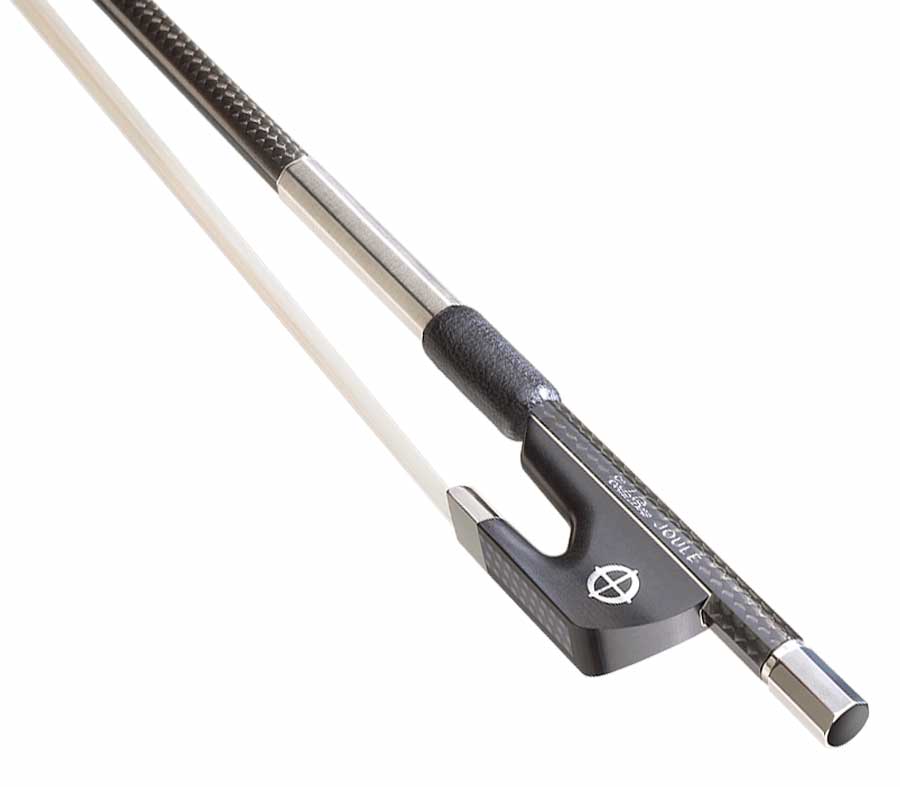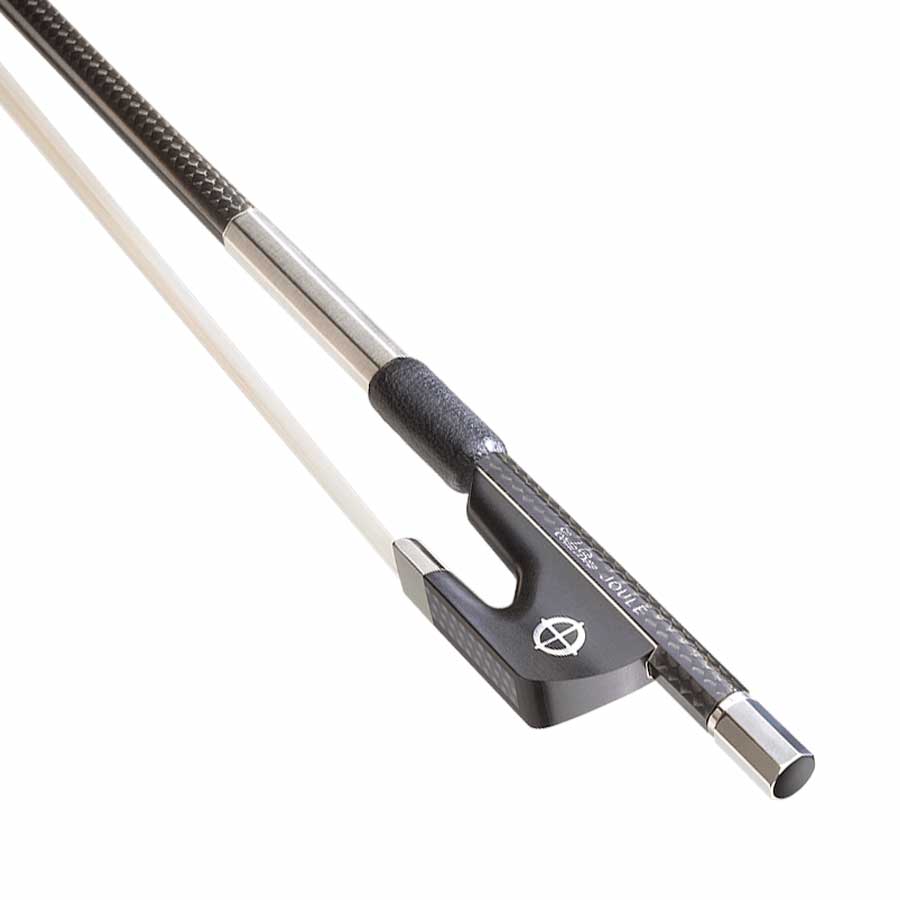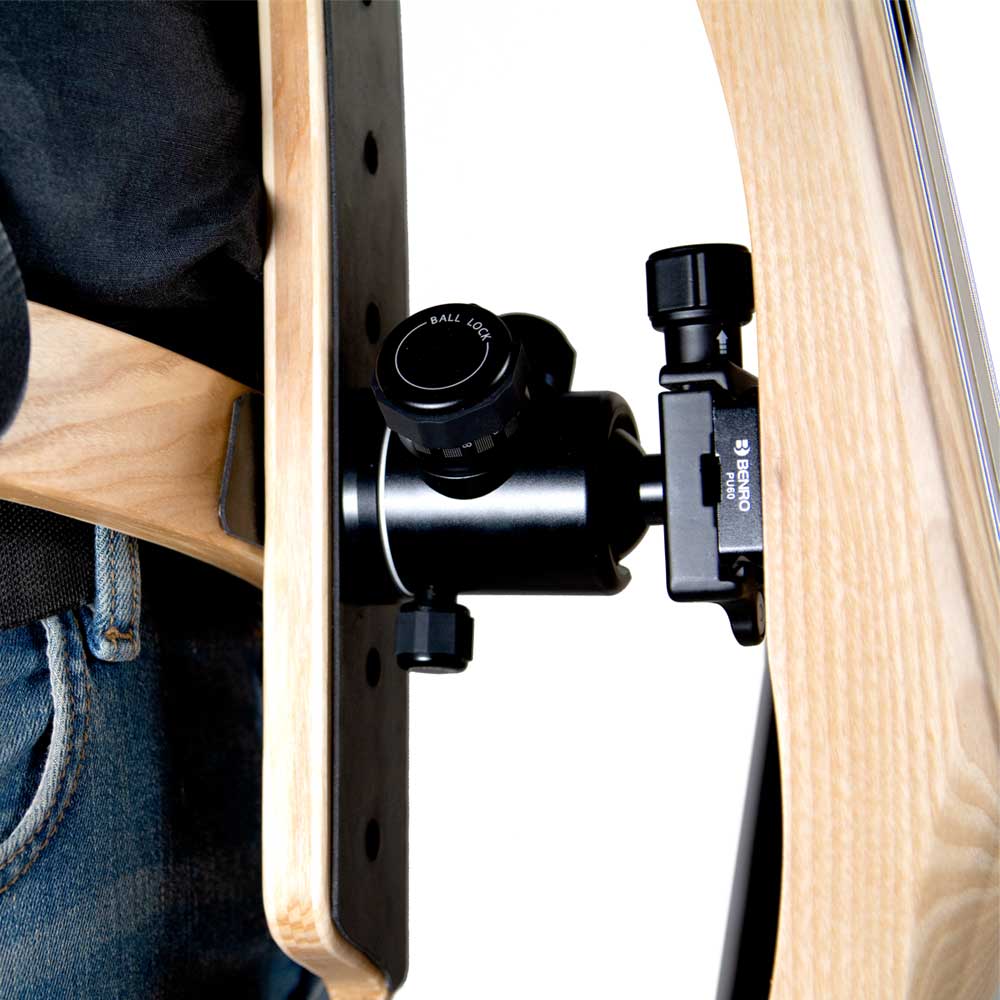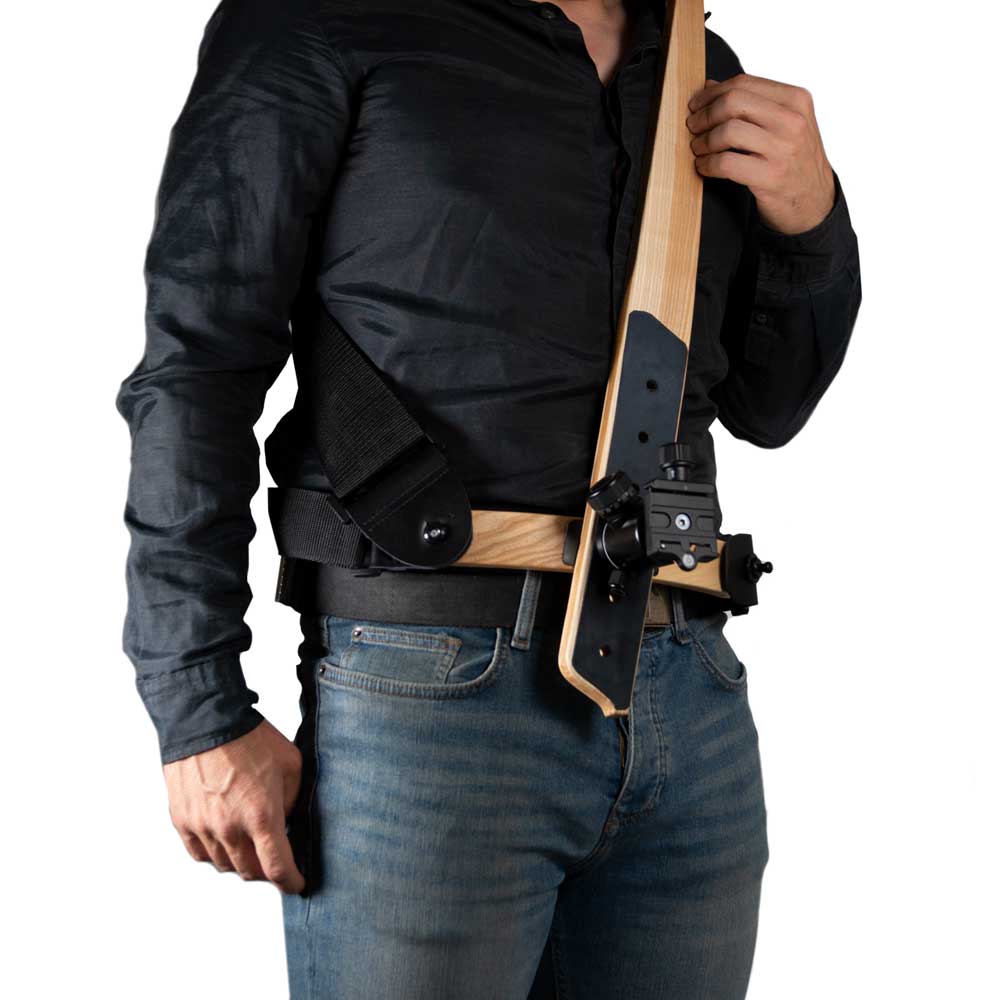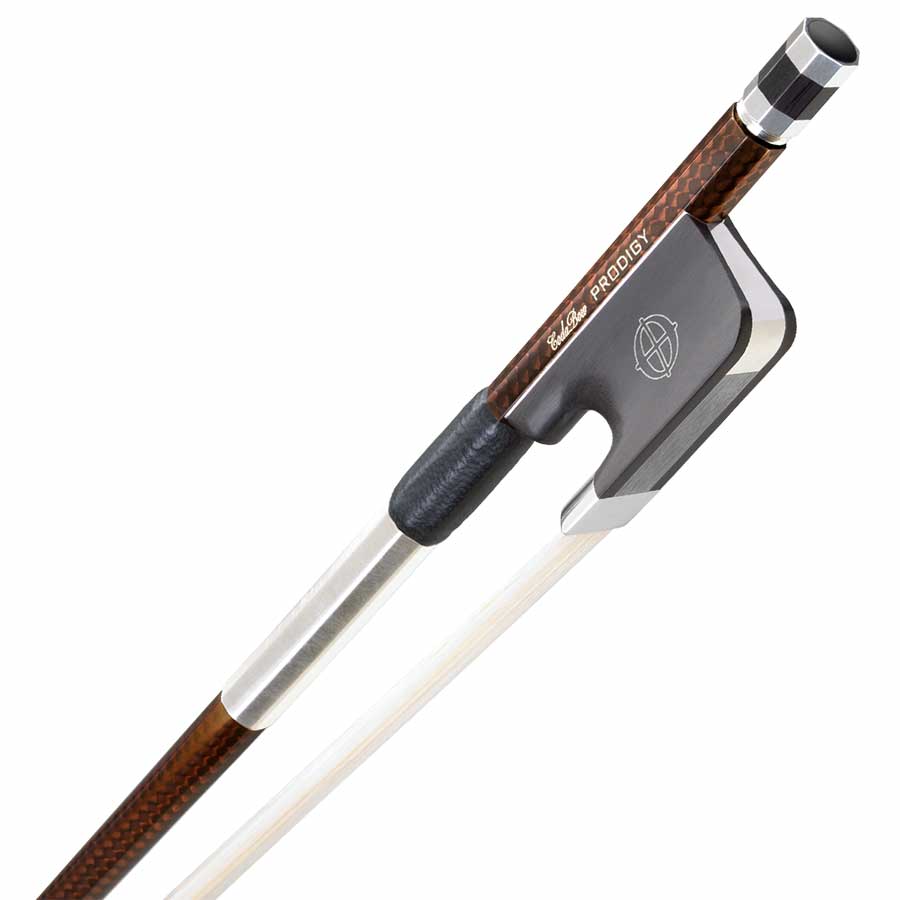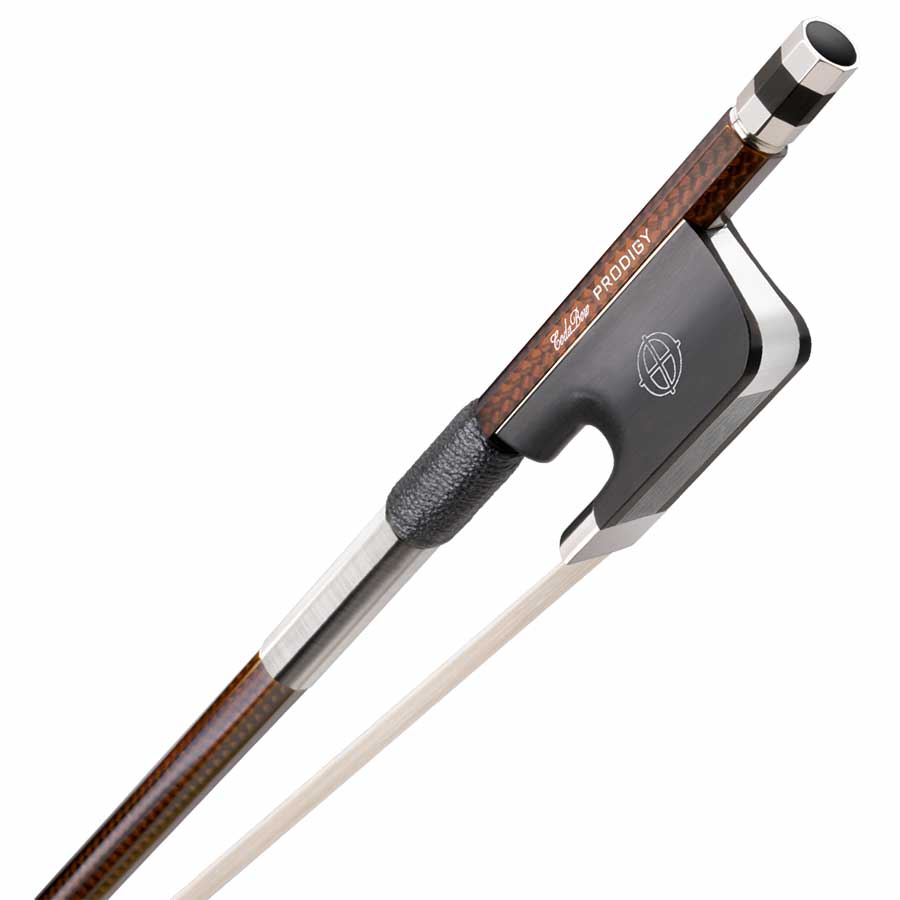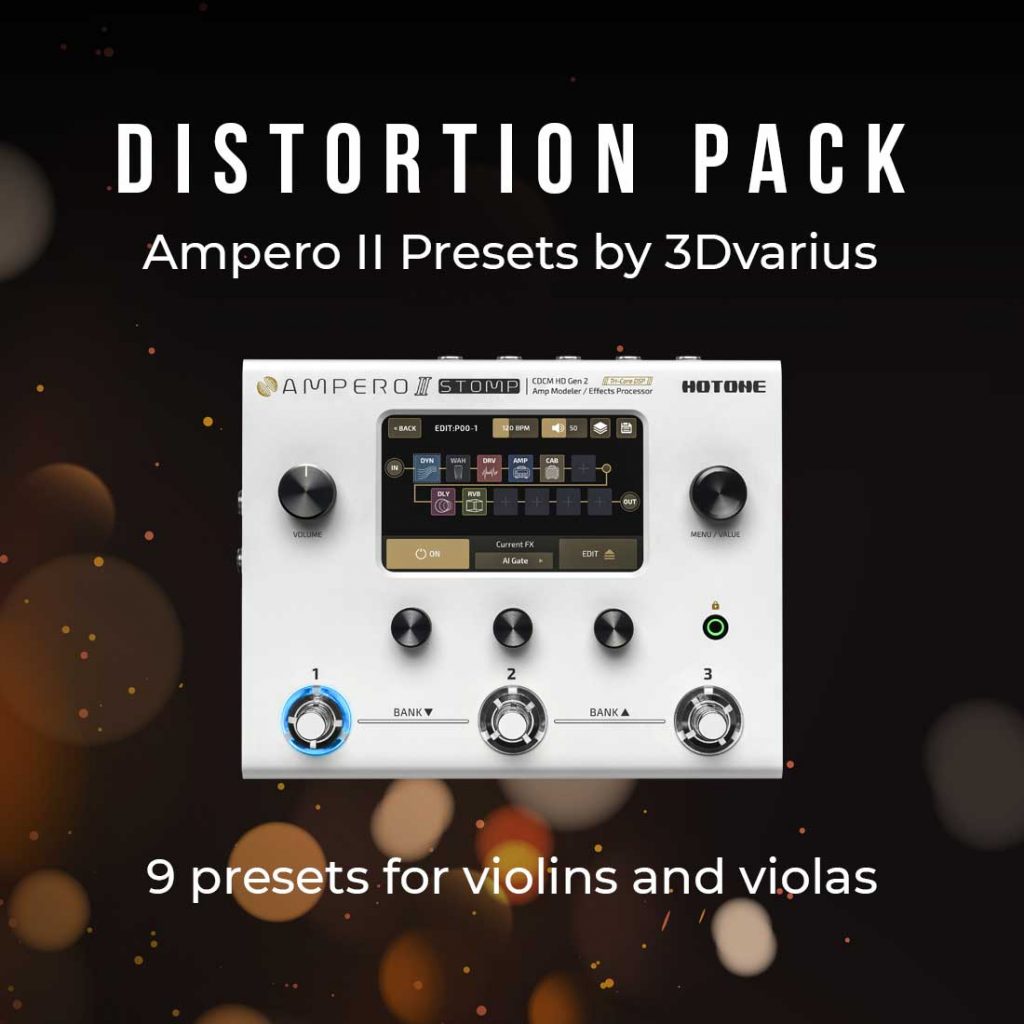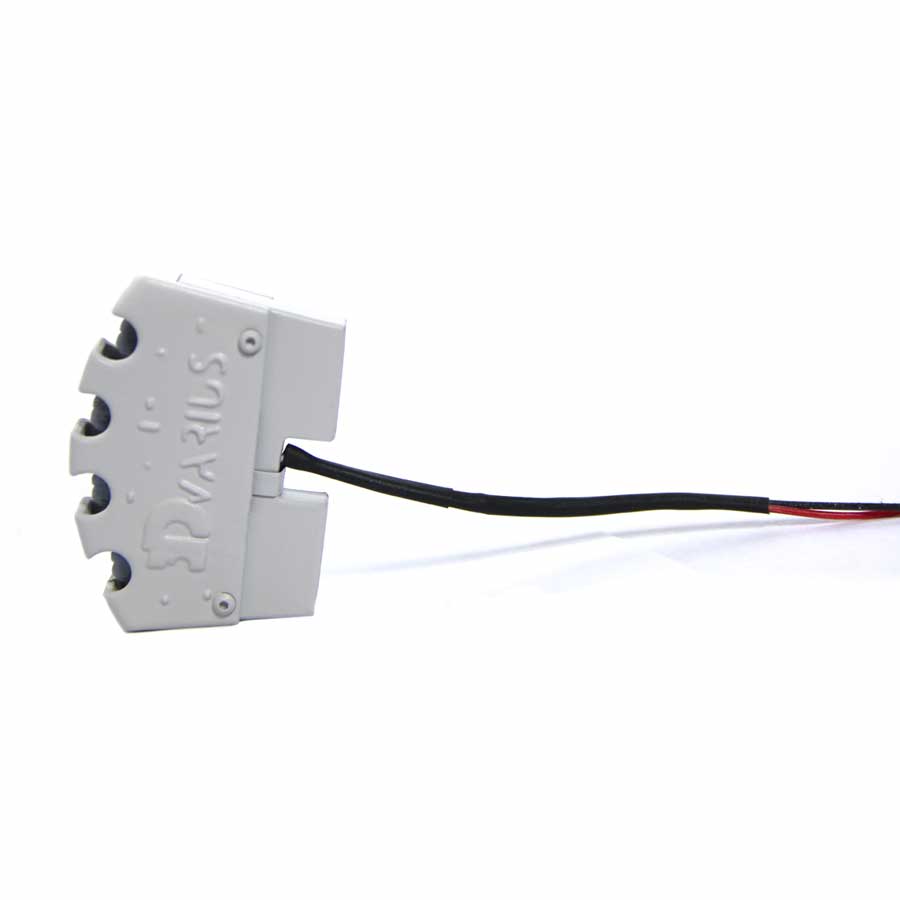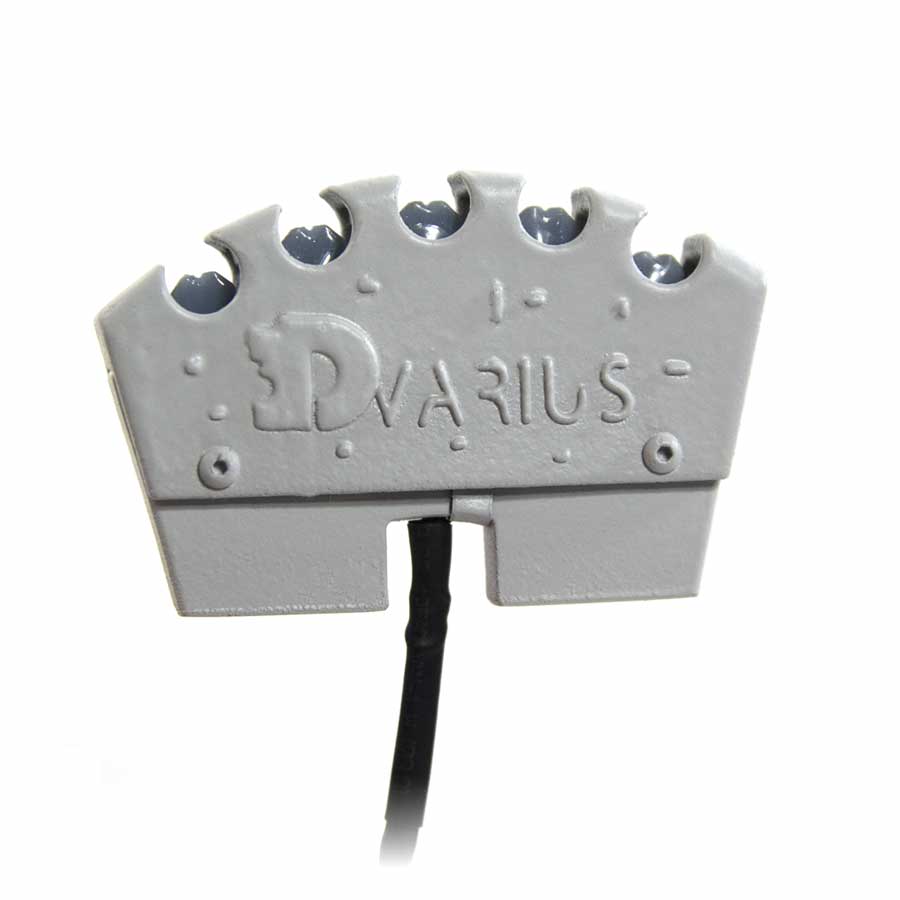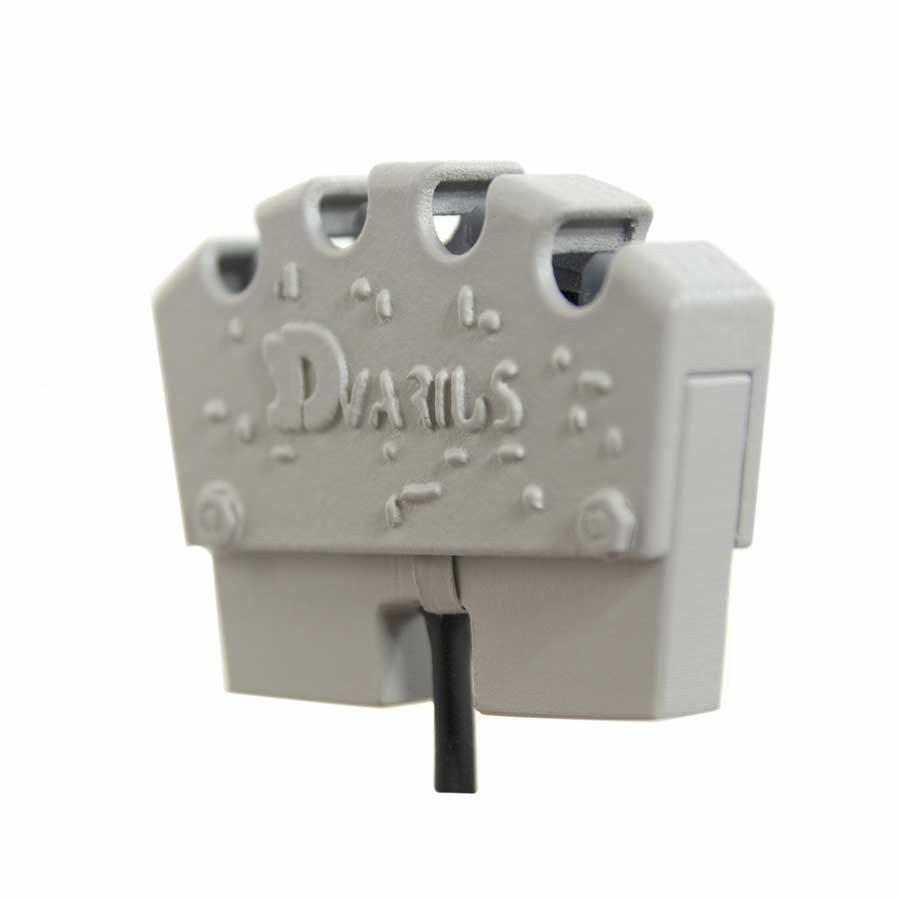The method of manufacturing strings for musical instruments has not changed much for several centuries. While the manufacturing process remains the same, the diversity of materials and industrial and technological developments have allowed for an evolution in the characteristics of strings and their production.
Nowadays, manufacturers are no longer limited to gut strings. They have a variety of materials at their disposal to find the perfect balance between tension, thickness, and responsiveness for each instrument.
What is a musical instrument string made of?
Today, strings for musical instruments are composed of several elements. Some influence the tone, responsiveness, tension, power, and bounce. There is a central core, winding, an anchor, silks, and possibly a coating.
The core
The central core is the main component of a string. It can be made of gut, metal, or synthetic material.
The winding
The winding covers the central core of the strings to refine its weight and diameter. Winding also adds durability to the string. It is not mandatory and is rarely present, especially on violin E strings. It is generally found on the lower-pitched strings and can be made of materials such as chromed steel, tungsten, aluminum, silver, nickel, etc.
The anchor
The anchor is the termination of the string to allow its attachment to the tailpiece or tuning pegs. Anchors can be either ball or loop ends. The majority of strings for bowed string instruments use ball ends.
The silk
Each string has terminations made of colored silk. These are color codes defined by manufacturers to easily identify each string. Typically, the silk positioned at the ball end indicates the brand, while the silk wrapped on the opposite side designates the note.
The coating
The coating is a thin layer of protective material applied to the string. It protects the string against oxidation and corrosion. The majority of strings do not have a coating. In English, they are referred to as ‘coated strings.’ In the world of bowed string instruments, the presence of coating on strings is very rare. It is a feature more commonly found on guitar strings. Coating was introduced with the goal of enhancing the durability of strings. Manufacturers also emphasize a softer and more pleasant feel of the string.
What materials are used for the cores of bowed string instrument strings?
Gut Strings
Originally, strings used for all bowed string instruments were made from sheep intestines. The intestines were stretched, dried, and then wrapped with various materials to create strings for musical instruments.
Gut strings offer a rich and delicate tone. Today, these strings are less common in the market due to several disadvantages. Their natural material is highly sensitive to temperature changes and weather conditions. These strings quickly go out of tune and have a relatively short lifespan. Additionally, they require a break-in period before delivering the best of their sound projection.
They also have a lower tension compared to metal or synthetic strings. This lower tension requires precise control from the musician; the instrumentalist must manage the pressure applied with the bow on the strings to achieve a high-quality sound. Less responsive, gut strings are intended for experienced musicians.
They are still used by some players wishing to preserve a tradition of play or in historically informed performances. The latter aim to reproduce a piece in relation to its date of creation, respecting the original intentions of a composer by using instruments and accessories from the time.
Metal Strings
Metal strings, also known as steel strings, are quite popular. They were introduced in the early 20th century to address the challenges posed by gut strings. Metal strings are composed of a winding of chrome-plated or plated steel, making them insensitive to temperature changes and much more durable than their gut counterparts.
They have a beautiful responsiveness and a bright sound. They are favored by electric violinists but are not highly recommended for classical practice.
Synthetic Strings
Historically, synthetic violin strings were introduced by Thomastik-Infeld. The manufacturer aimed to replicate the sensations offered by gut strings while avoiding their drawbacks.
Today, almost all strings have a synthetic core. Synthetic strings equip the majority of violins worldwide and are used by both professionals and students. Their lifespan is much longer than gut strings, and they are much less affected by weather conditions. Some critics argue that they produce a less rich sound. However, they remain by far the best compromise between sound, comfort, playability, and durability.
Synthetic strings are used by all types of violinists, guitarists, and cellists, whether classical or electric, and for various genres of music, including classical, jazz, rock, gypsy, folk and more.
What influences the sound of strings?
Several factors come into play in the sound production of strings. There are, of course, the materials used, but also the thickness, vibrational characteristics, damping capacity, and the tension of the string. All these factors are closely related.
Thickness and Diameter
This is referred to as gauge in English. It is also called the tension.
In the world of bowed string instruments, strings are classified into three groups: low (dolce, soft, weich, thin), medium (mittel, med), and high (forte, heavy, strong). These groups can be found in string sets available in the market. For guitars, numbers are used to define the gauge.
A gut string will always be thicker than a metal or synthetic string because its natural material is more fragile. This fragility requires a more substantial thickness to withstand the tension of the string. Gut strings, in fact, have intermediate gauges defined in hundredths of a millimeter.
For metal and synthetic strings, you can find the three groups (low, medium, high) for the same range offered by the same manufacturer. The difference lies in the tension. If you take a set of medium and low gauge strings from the same range and brand, the low gauge strings have lower tension, offering a brighter sound but lower volume. Conversely, a high gauge string provides a deeper sound but reduced responsiveness.
Tension, Vibrational Characteristics, and Damping Capacity
The tension of a string is the force required to tune it to its length. Tension has an impact on:
- Sound quality (tone, response, stability),
- Sound projection,
- Playing sensation with the bow and at the left hand.
The higher the tension of a string, the less it vibrates, and the deeper the sound it produces. The tension and vibrational characteristics of a string are closely linked. That’s why some musicians say that strings need to be played in before fully realizing their potential. This is related to the vibrating capacity of the string. As the string ages, it evolves and offers a different damping of vibrations. These changes influence the playing sensation and the produced sound, hence the concept of breaking in strings. Note that the breaking-in process can also go in the wrong direction. The more you play, the more you wear down the strings, and the less responsive they become.
Materials
The choice of materials influences the physical and sonic properties of strings. Selecting appropriate materials requires calculations to determine the winding mass that can be applied to the central core while preserving the expected characteristics of the string. In this context, one must consider the density, mechanical stability, and sonic parameters offered by the chosen material.
For example, aluminum offers excellent responsiveness but also generates more bow noise. Chrome is the complete opposite, with low bow noise but reduced responsiveness.
The manufacturer must find the best combination of each element to achieve an ideal balance between tension, diameter, vibrational and damping characteristics, and sound projection. A set of strings should have a certain uniformity so that the player’s sensations are equivalent on each string.
Design Steps for Strings
The goal of each string depends primarily on the musical instrument on which it will be installed. Strings for bowed instruments are not designed at all in the same way as those for plucked instruments (guitars, mandolins, basses, etc.).
Guitar strings are simpler to manufacture, as they have a single winding or even none at all. In contrast, violin strings often have multiple windings. In general, a string is manufactured through the following steps:
- Material selection
- Creation of the central core
- String assembly
Some Frequently Asked Questions About Strings
Are thicker diameter strings less responsive?
Yes, it’s true, but only if you are comparing strings made from the same materials. It’s not the diameter of the string that should be analyzed but the density of the materials that compose it. It’s not possible to compare a G string composed of a core and winding made of steel with a G string composed of a synthetic core and a winding made of silver.
Can strings be over or under-tensioned?
Strings are manufactured to reach a target pitch at a particular tension. Manufacturers always aim for a possible over or under-tensioning to prevent a string from breaking. Under-tensioning can lead to limited sound projection due to a lack of pressure applied to the instrument. Over-tensioning can deform the body of an instrument. A musical instrument can withstand a certain tension. If the tension exceeds its capacity to handle, the wood or other material may be damaged.
What are the best strings for my violin?
It will depend on your preferences, playing style, sound projection desires, and budget. Each set of strings has its own characteristics. If you need assistance in this regard, feel free to contact us, and we can advise you on the set that best suits your needs.
What tension of strings should I choose?
The majority of professional and beginner players use medium tension strings. Some enthusiasts experiment by mixing strings, brands, and tensions to advance their sound projection and playing style. This is a form of experimentation that requires trials to find satisfactory results. The most challenging aspect of this process is finding a sound, responsive, and tensional balance between each string.
How long does it take to break in new strings?
It will depend on the materials that make up the string and your practice time with the new set. Generally, it is said to take about a week for someone who plays regularly. Gut strings require a longer break-in period than any other type of strings.
Sources and images: Wikipedia, D’Addario, Thomastik-Infeld, Prim, YouTube, 3Dvarius


